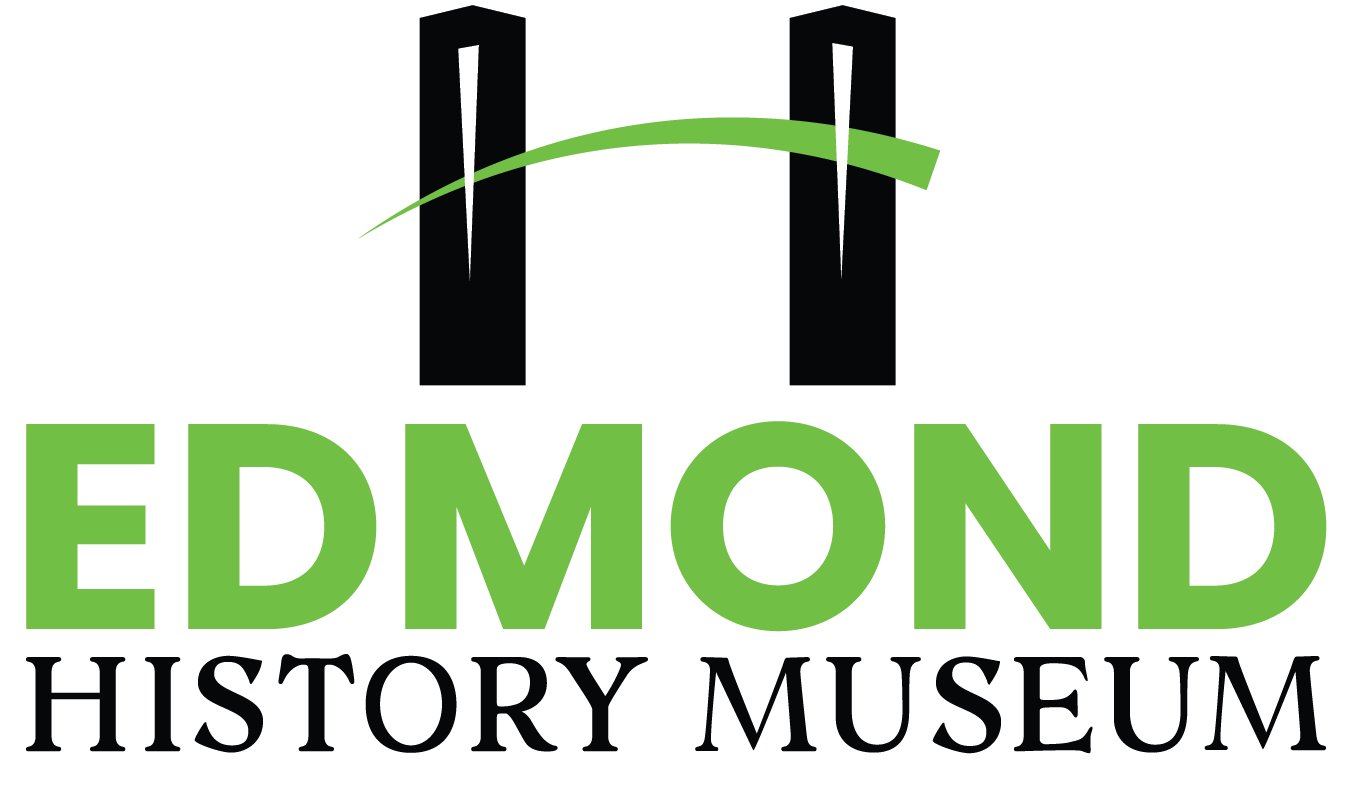The Patriotic Forties

The decade of the 1940s began with a flash as a New Year’s Eve fire completely destroyed the one local nightclub in town, but the majority of Edmond’s 4,000 people considered that a blessing. In the spring, ninety-six men and women, eager to begin a new life, received their degrees at Central State College. During the summer good citizens paid attention to the weather, local economy and politics at every level. The Republicans tried a unique approach by nominating Wnedell Wildie, an Indiana businessman who had never held public office, for President; but the cries of “No Third Term” would fall on deaf ears as FDR coasted to re-election again. With the advent of autumn, schools were back in session and Central State celebrated its Golden Anniversary with numerous events capped off with a grand homecoming parade. It was a great time to be young and carefree in Oklahoma, although external circumstances were starting to dictate homefront action, and classroom training of aviation cadets brought men from around the nation to the CSC campus.
In the spring of 1941, J.C. Morgan, an Edmond chiropractor, defeated Crawford Spearman for mayor after Bud Kate decided to step aside. Fundraisers were held by the YMCA and YWCA to build the Y-Chapel. As May ended, Ida Freeman completed her twenty-six-year career as an elementary school teacher. In June the City of Edmond purchased eighty acres of Milton “Kickingbird” Reynolds’ original homestead for $4,000. July 4, 1941 brought another Independence Day celebration to Stephenson Park, as local citizens heard patriotic speeches, listened to marshalling music by the Edmond High School ban and stood proudly as the American legion post at 5th and Littler posted the colors. Nationalism soared to new heights.
While the Wide-Awake-Cafe starting their curbside service including carhops and Royce cafe was being remodeled to attract more Rt. 66 traffic into Edmond, and a new grade school was being built on Main and Boulevard with stone from the old one, larger concerns loomed in the distance.
In the fall the U.S. Selective Service began drafting eligible twenty-one year olds. School children started purchasing Defense Stamps and collecting aluminum.
At Central State, the Army Air Corps took over the aviation cadet training program form the Civil Aeronautics Administration.
December 7, 1941 started off as a normal Sunday. Most people went to church; enjoyed a family lunch; and perhaps tried to take a nap; but the radio waves broke the monotony in a way they would never forget. Shocked by the Japanese sneak attack on American forces at Pearl Harbor, Edmondites returned for their Sunday night worship services with a soberness and alarm that few had ever experienced.
America and Edmond with it mobilized like never before. The government quickly lowered the military draft to age eighteen and Edmond’s young men marched off to fight against the oppression of totalitarian regimes. Tent ceilings, rationing and wage and price controls went into effect. Scrap metal drives ensued and gas purchasing coupons were issued. The Red Cross organized groups in every town and held classes to teach the fundamentals of nursing and how to make bandages. The industrial thrust of the nation surged the building of ships, tanks, cars, trucks, airplanes, and weapons to unbelievable levels.
As the war went on, all Oklahomans rejoiced with the news of Jimmy Doolittle’s air raid on Tokyo and felt downhearted when they learned of the death of one of their own favorite sons, Major General Clarence L. Tinker. In October 1942 military and government officials named the Oklahoma City air installation “Tinker Field.” The Army Air Corps and the U.S. Navy selected Central State as a campus for training programs. CSC’s enrollment dropped by twenty percent as more of Edmond’s finest young men were called to action.


